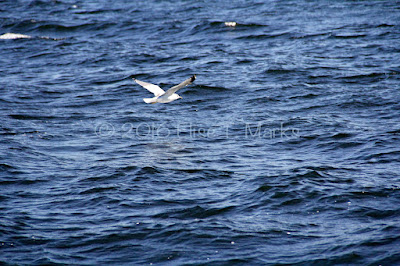Gulls At The Waterfront
Gulls Flying Over Lake Champlain
Gull In Battery Park
Coming In For A Landing
Coming In For A Landing
Gull Under An Apple Tree
Ring Billed Gull At The Park
Gulls Flying Over Lake Champlain
Gulls Flying Over Lake Champlain
Gulls Flying Over Lake Champlain
Seagulls are intelligent, adaptable and often beautiful birds. There are over 50 species of seagulls worldwide, there are 28 types of gull species seen in North America.
They, are seabirds. The average lifespan for a seagull is 10-15 years in the wild, but there have been cases where they have lived up to 30 years old. Seagulls can eat up to 20% of their body weight in food each day. They can achieve average flight speeds of about 23-25 mph in headwind conditions and 29-30 mph in tailwind conditions. Gulls have an impressive sense of smell that allows them to detect the faintest trace of food from over 3 miles away. Some types of gulls nest on the ground or on cliffsides while others build nests on the water’s surface. Seagulls have incredible vision- they can see clearly from as far away as 2 miles, their eyes are set at the side of their head, giving them a panoramic view.
They have excellent memories and can remember specific people’s faces and places where food has been hidden from days ago. Seagulls also recognize other seagulls who they associate with as friends or enemies, by their calls.
They mate for life and form a lifelong bond with their partner. They work as a team to find food, protect the nest, and raise chicks. The male seagull brings most of the food while the female cares for the eggs or young chicks at home. Many species of gulls have an amazing ability to return to their original nest year after year. Some gulls even return in a span of two years. Gulls also share the same nesting site for generations
Seagulls feed mostly on seafood like crabs, clams, mussels, shrimps and small fish but also scavenge for scraps of human food left behind. They also eat various types of insects and worms as well as sea vegetation like seaweed and kelp.
The seagull is a symbol of healing, wisdom and tranquility. The belief that the seagull is a messenger from the creator has been traced back to Ancient Greece. In Native American symbolism, the seagull represents peace and prosperity, as well as emotional balance and strength in numbers.
THANKS FOR YOUR VISITS, FAVS AND COMMENTS. AS ALWAYS, APPRECIATED VERY MUCH! © ALL RIGHTS RESERVED BY ELISE T. MARKS. PLEASE DO NOT USE THIS IMAGE ON WEBSITES, BLOGS OR ANY OTHER MEDIA WITHOUT MY EXPLICIT WRITTEN PERMISSION.




























